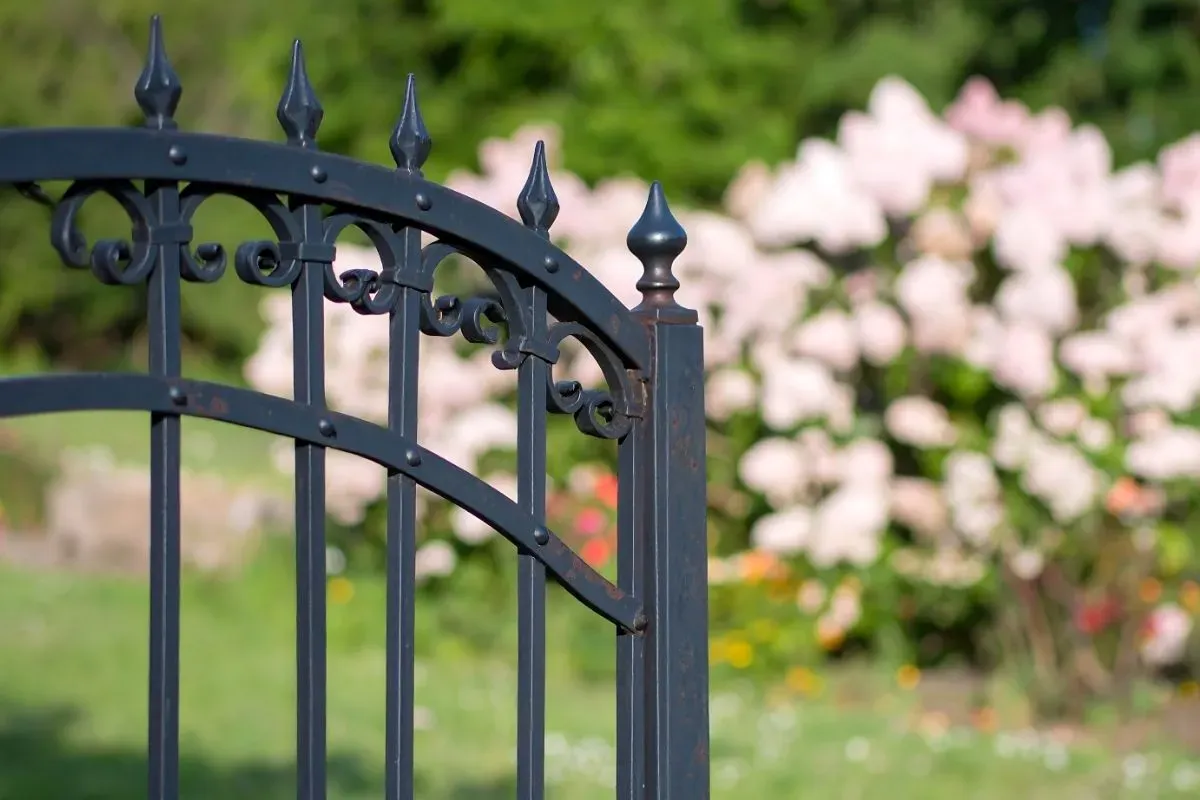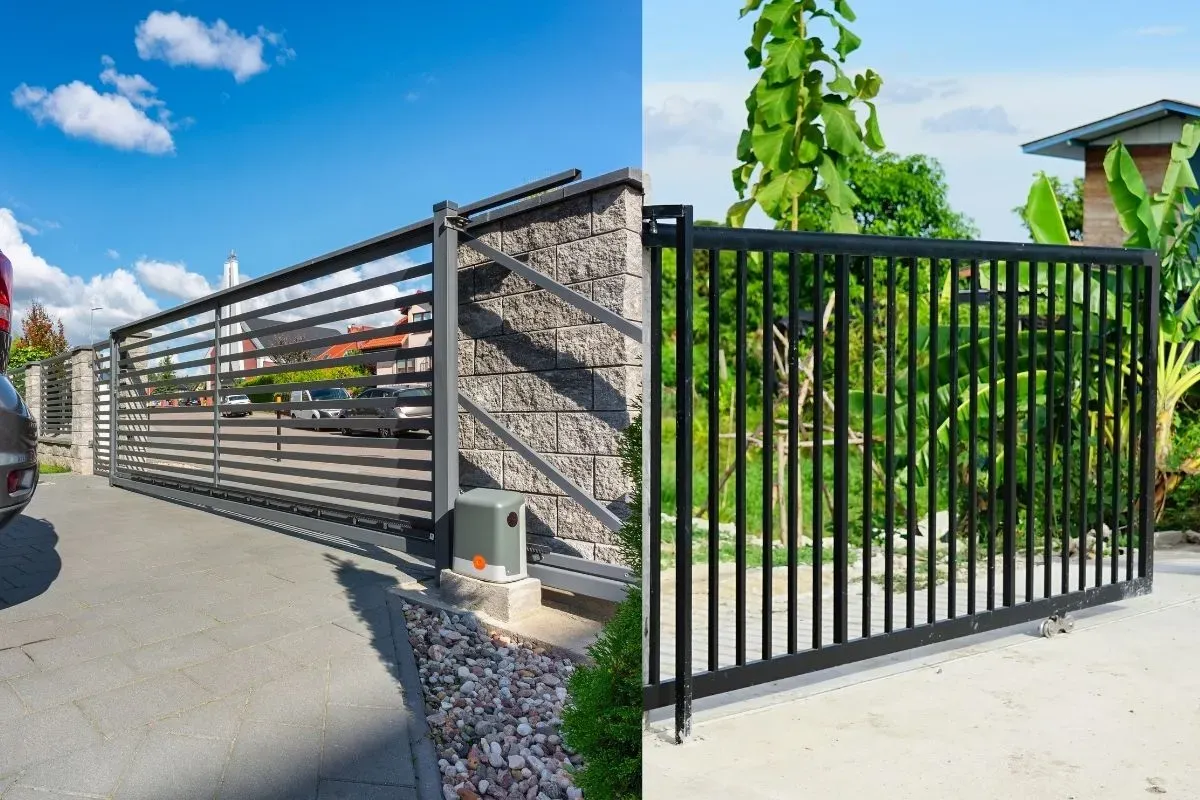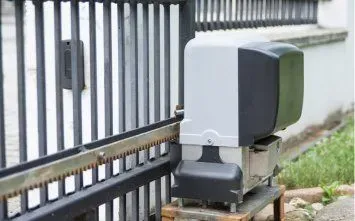Automatic gates offer convenience, security, and enhanced property aesthetics, but installing one requires careful execution.
This guide provides instructions on how to install an automatic gate opener, covering various types of gate openers, necessary tools and materials, preparation steps, and safety considerations.
Types of Gate Openers
Several types of gate openers are available, each designed to suit different types of gates and user preferences. Here are some common types:
- Swing gate openers include both single and dual swing gate openers for gates that swing open horizontally.
- Sliding gate openers operate gates that slide horizontally along a track. They are available in chain-driven or rack-and-pinion styles.
- Barrier gate openers control access with vertical lift or swing arm mechanisms commonly used in parking lots and toll booths.
- Overhead gate openers are designed for gates that slide horizontally along an overhead track, commonly used in commercial settings.
- Vertical pivot gate openers raise and lower gates vertically from a single pivot point, ideal for limited space or uneven terrain.
- Hydraulic gate openers use hydraulic power for smooth operation and are available for both swing and sliding gates.
- Solar-powered gate openers reduce the need for electrical wiring.
- Smart gate openers are controlled remotely via smartphone apps with additional features such as scheduling and integration with smart home systems.
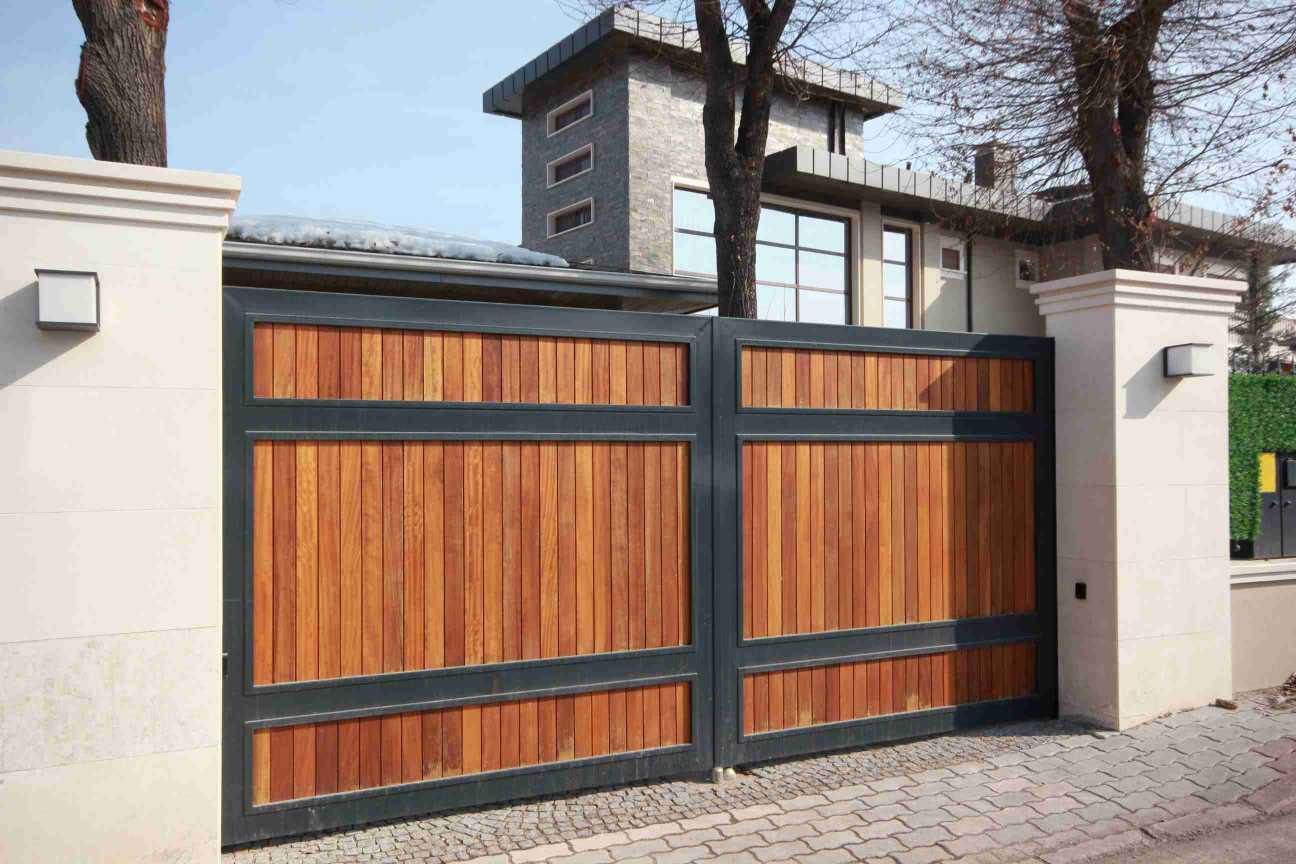
How To Install Automatic Gate Opener
Installing an automatic gate opener involves several steps and varies depending on the specific model and type of gate you have. After selecting the right automatic gate opener for your needs, follow this general guide to help you through the process:
1-Gather tools and materials
Before starting the installation process, ensure you have all the necessary tools and materials ready. These components usually consist of:
- The gate opener unit comprises the motor, gearbox, and control system. Remote controls or a keypad for convenient access to open and close the gate remotely.
- A power source, which could be a nearby electrical outlet for traditional setups or a solar panel for eco-friendly alternatives.
- The mounting hardware, such as bolts, brackets, and screws, securely install the opener onto your gate and surrounding structure.
- Safety equipment like warning signs and any necessary sensors or safety loops for safe operation.
- Additional accessories, such as backup batteries or wireless connectivity modules, may enhance the functionality or reliability of your automated gate system.
2-Prepare the gate and installation area
Confirm that the gate is in good working condition and aligned. Clear any obstructions from the gate’s path and the area where you’ll install the opener. If you’re installing a sliding gate opener, ensure the track is clean and debris-free.
3-Attaching the mounting brackets to posts
Attach the mounting brackets to the gate posts or pillars using appropriate hardware. Follow the manufacturer’s instructions for positioning and securing the brackets.
4-Mounting the gate opener
Depending on whether you have a swing or sliding gate opener, mount the motor unit or the drive system to the brackets you installed in the previous step. Check that it is level and securely attached according to the manufacturer’s instructions.
5-Installing the gate arm or rack
For swing gates, attach the gate arm. The gate arm connects the gate to the gate opener and consists of a metal rod or arm that extends from the gate to the gate opener motor.
Use bolts and brackets to securely attach the gate arm to both the gate and the gate opener unit. See that the gate arm is aligned properly and securely fastened to prevent any movement or misalignment during operation.
On the other hand, sliding gates operate by sliding along a track. The gate opener moves the gate by engaging with a gear rack. The gear rack is a long metal strip with teeth that meshes with the gear mechanism of the gate opener. Install the gear rack along the length of the gate’s path, usually on the inside of the gate.
Use mounting brackets or screws to fasten the gear rack to the gate. Ensure that the gear rack is properly aligned and level to allow smooth movement of the gate along the track.
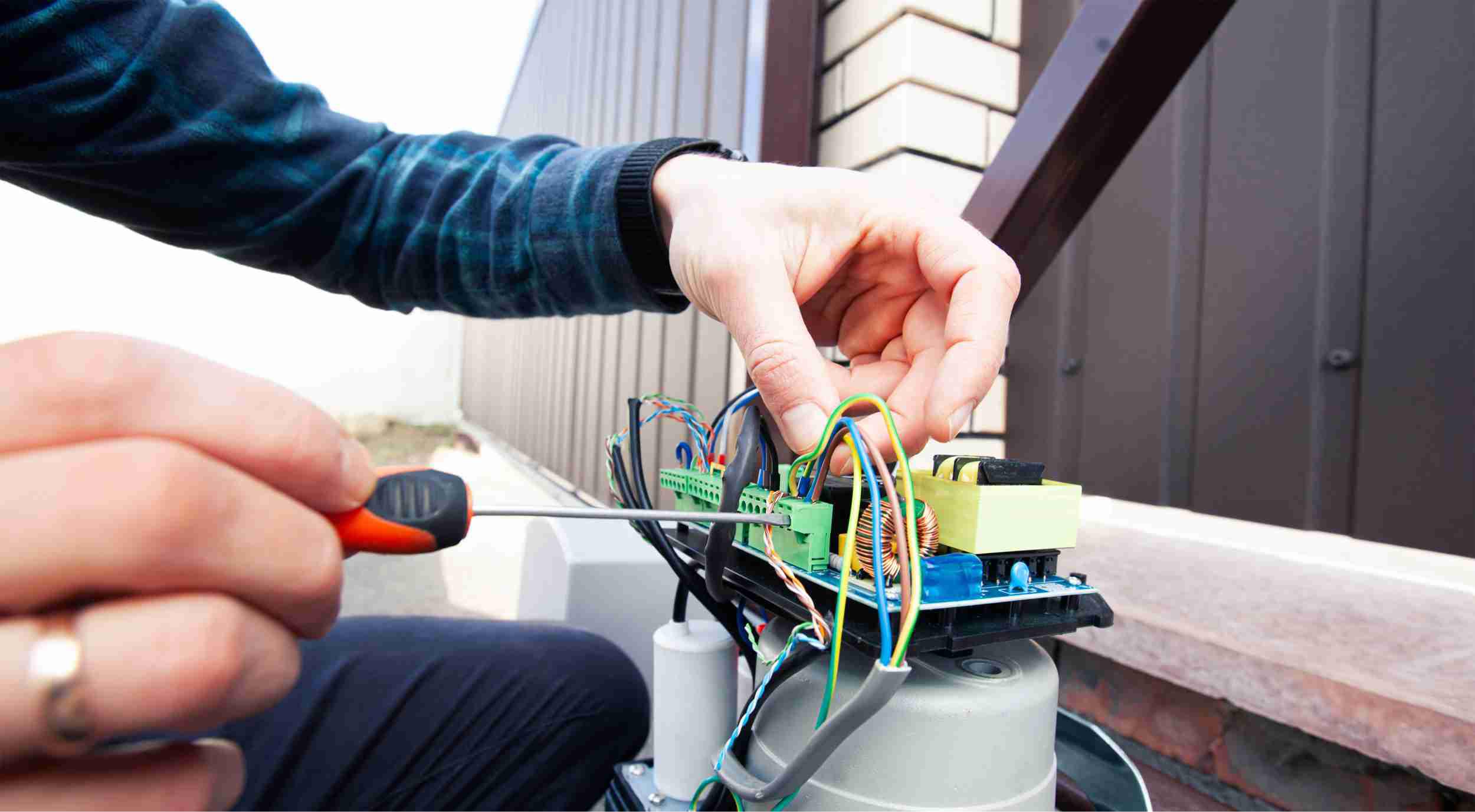
6-Wiring the opener
Connect the opener to a power source according to the manufacturer’s instructions. This may involve wiring the opener to an electrical outlet or connecting it to a solar panel and battery system.
7-Programming and testing
Program the gate opener’s remote controls or keypad according to the instructions in the manual. Test the opener to confirm that it opens and closes smoothly without any issues. Adjust the settings as needed to optimize the operation of the gate.
8-Installing safety features
Install any additional safety features such as photoelectric sensors, safety loops, or automatic gate locks to enhance the safety and security of your gate system.
How Long Does It Take To Install An Automatic Gate?
The time it takes to install an automatic gate can range from four to eight hours, but this can vary depending on several factors.
The type of gate you have plays a significant role. Installing a sliding gate opener may take longer than a swing gate opener due to the additional components and complexity involved.
Additionally, the size and complexity of the gate can impact the timeframe. If your property has hills or slopes, extra time may be needed for additional hardware and installation.
Can You Install An Automatic Gate Yourself?
Yes, you can install an automatic gate yourself, but it depends on your skills and the complexity of the gate opener system.
Make sure you have the right tools and power source, and check local regulations. Safety is crucial, so follow the manufacturer’s guidelines and consider getting help for heavy lifting.
Hiring a professional for this task ensures proper installation and adherence to local regulations. It reduces the risk of errors and encourages optimal performance and longevity of the gate system.
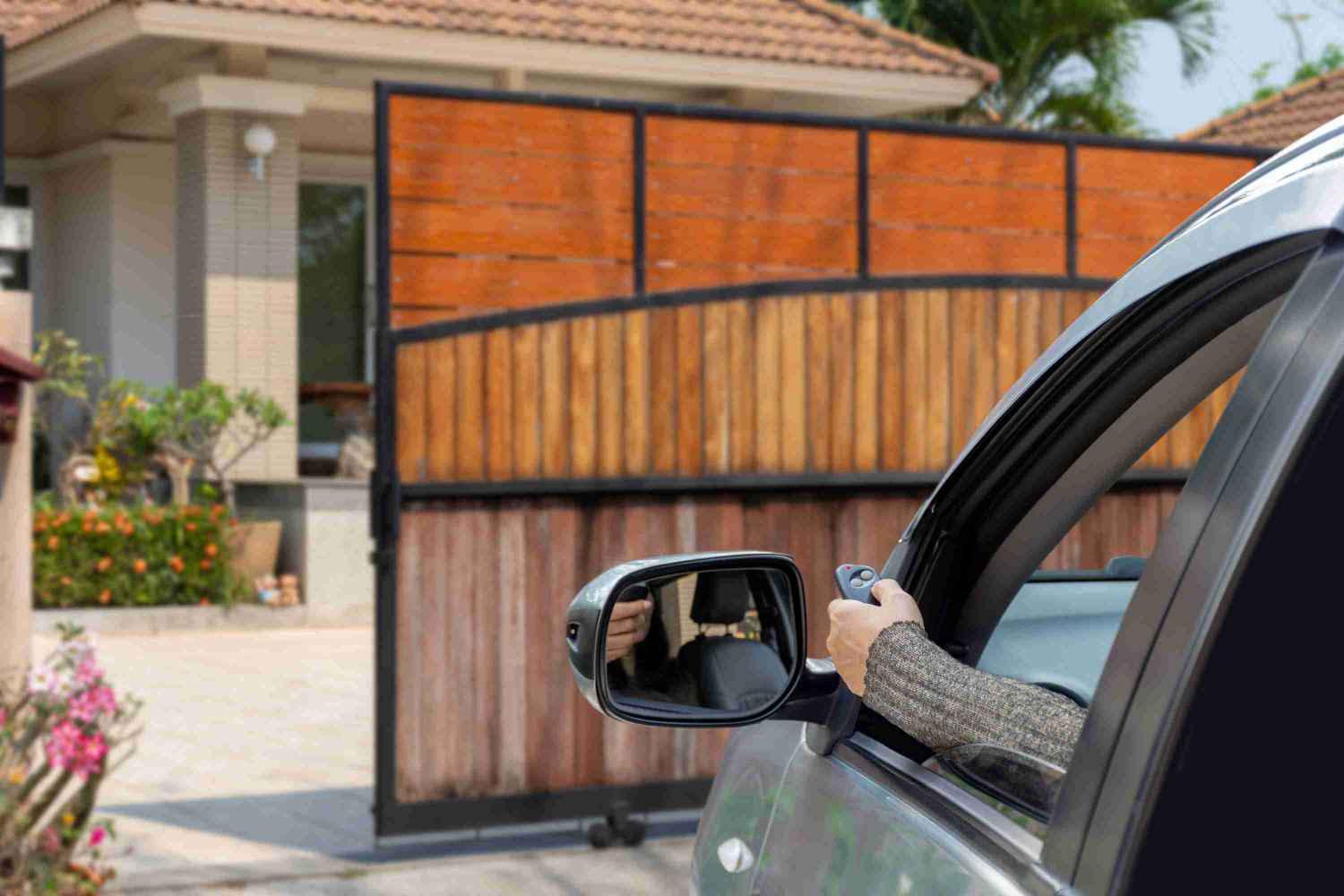
Installing an Automatic Gate Opener Right the First Time
The convenience and security of an automatic gate is practically unmatched. Installing an automatic gate opener on your own is a manageable task – provided you’re aware of gate type, size, and complexity.
If you want to streamline the process, contact Top Rail. We’ll help you get the best gate for your property and complete a professional installation with results approved by you.
